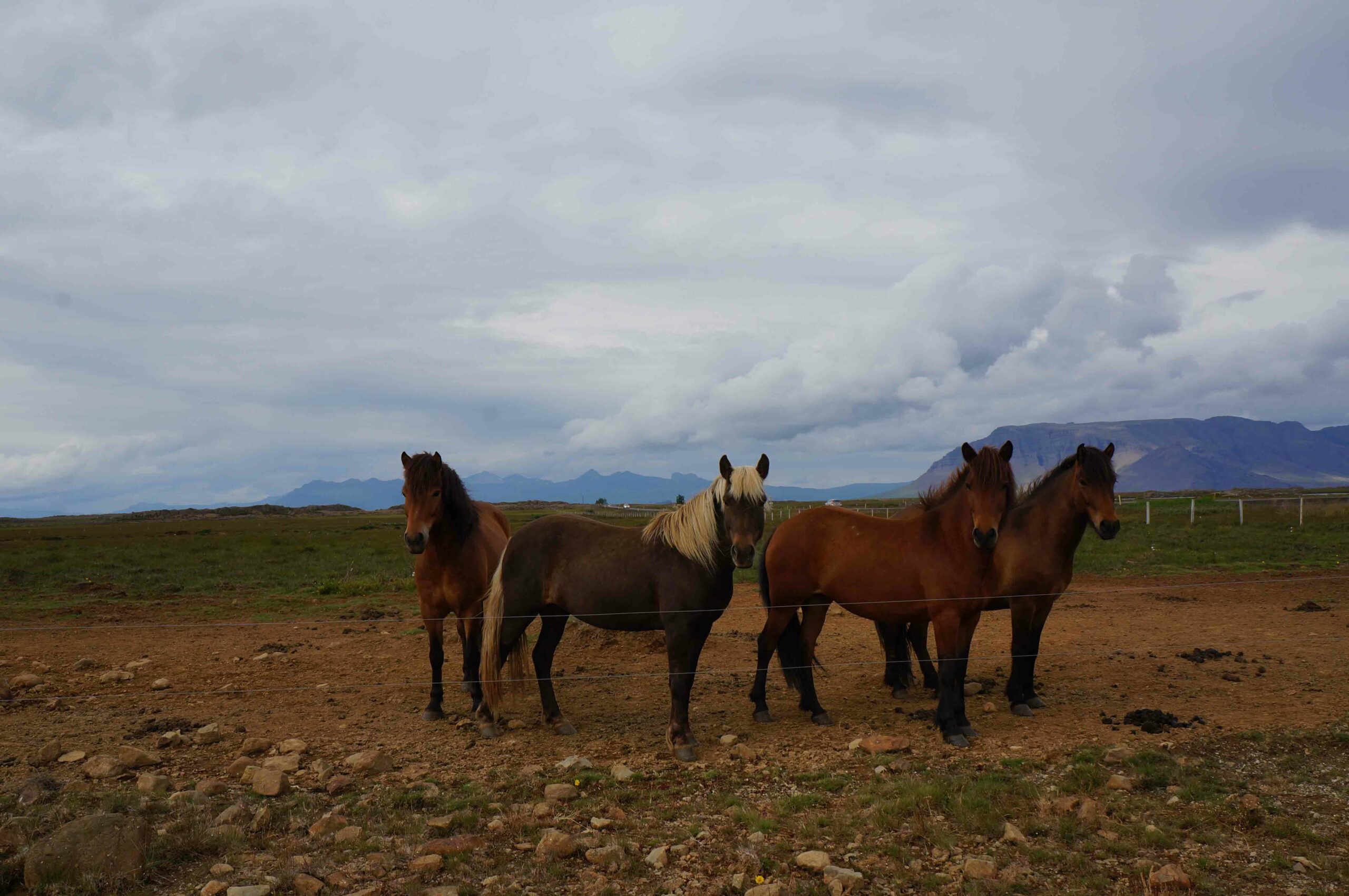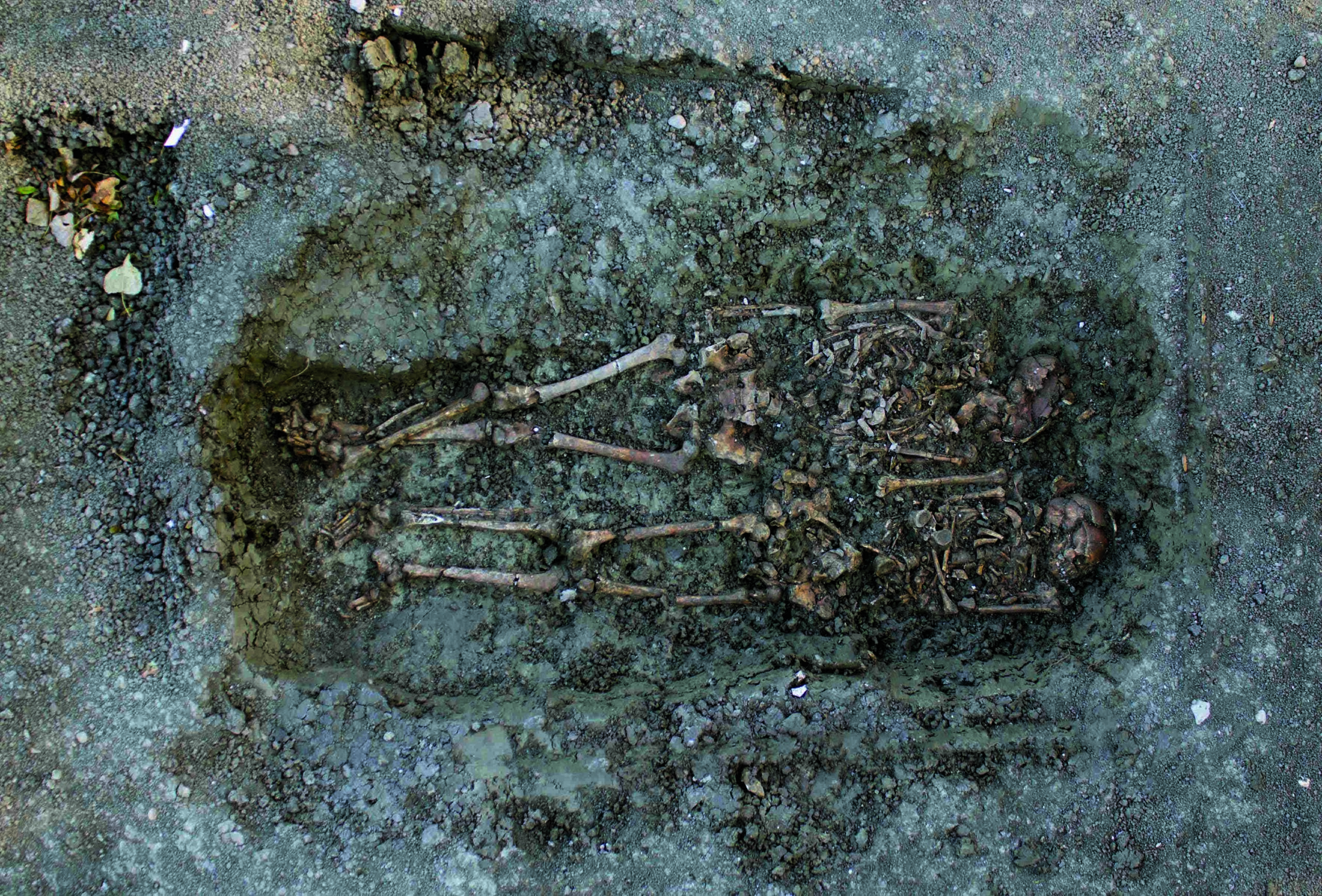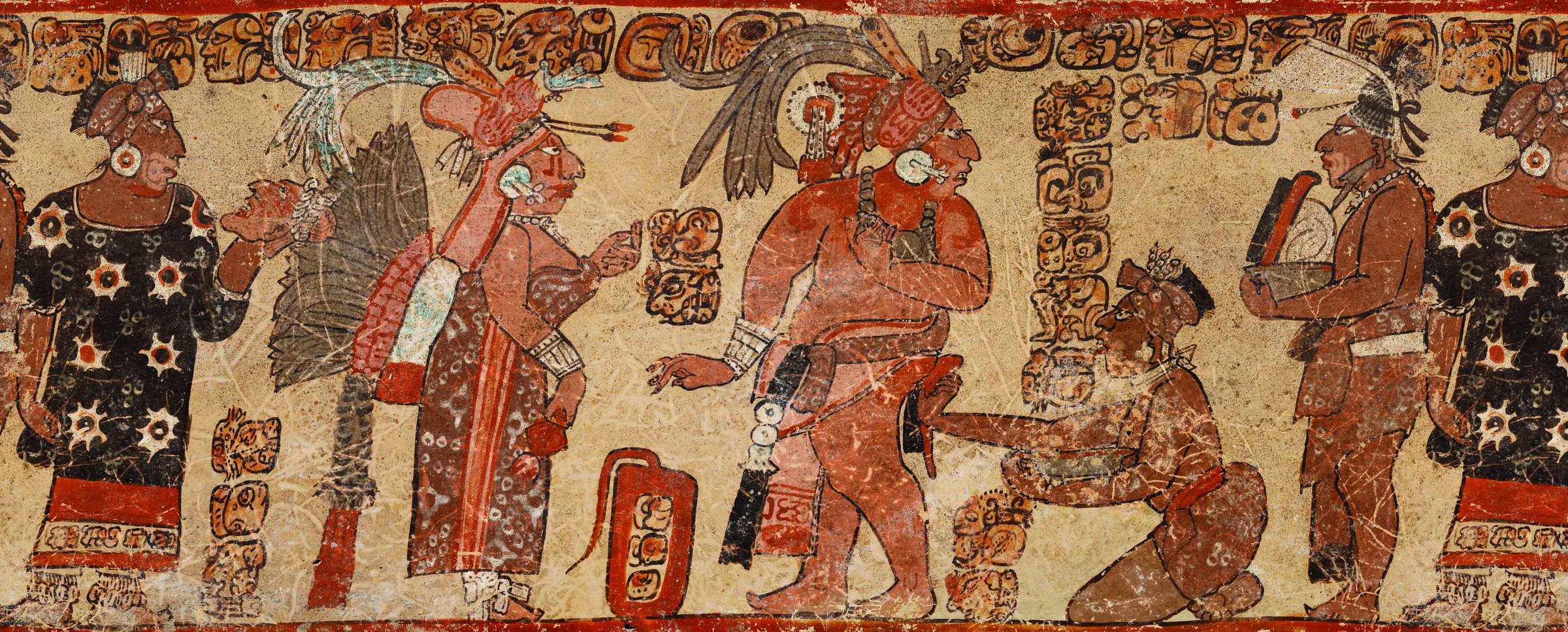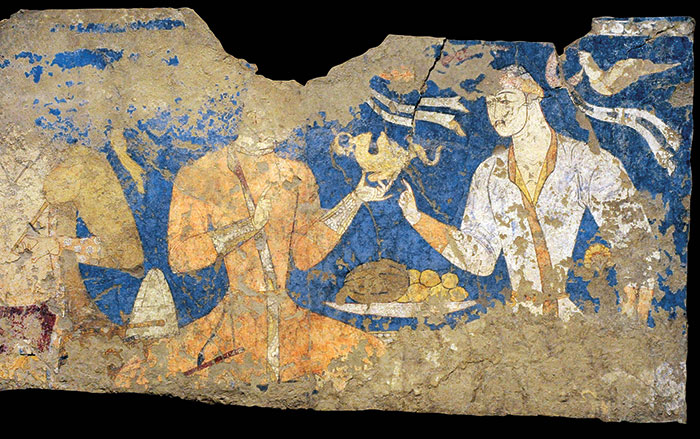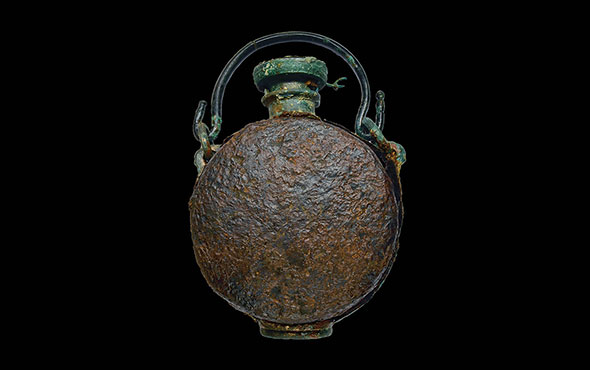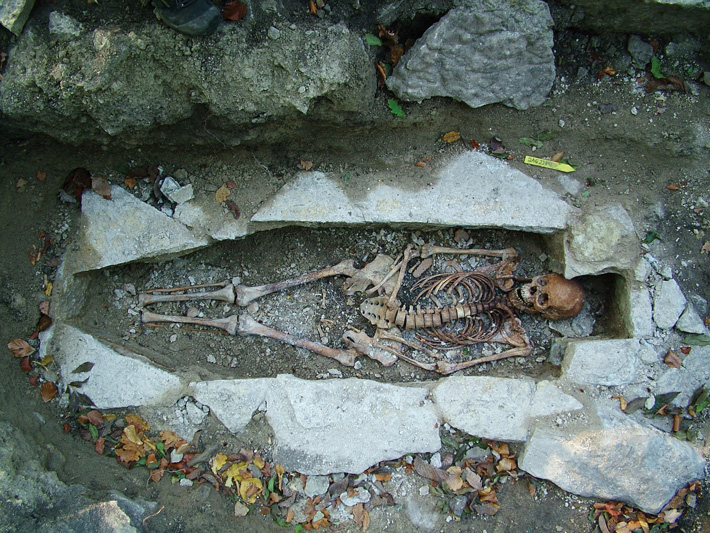
COPENHAGEN, DENMARK—Science Magazine reports that a team of researchers led by Eske Willerslev of the University of Cambridge and the University of Copenhagen sequenced the genomes of people who lived in Scandinavia during the Viking Age, and the genomes of people who had been buried elsewhere in Europe, including Italy, Ukraine, and Greenland, in the Viking style or with Viking grave goods, from about A.D. 750 to 1050. The study suggests that Scandinavians were more likely to have black hair than those who live in the region today, and they rarely mixed with each other. “We can separate a Norwegian person from a Swedish person from a Danish person,” explained Søren Sindbæk of Aarhus University. The researchers also found that Vikings from Norway tended to travel to Ireland, Iceland, and Greenland; Vikings from Sweden traveled to the Baltics, Poland, Russia, and Ukraine; and Vikings from Denmark headed to England. Several remains in Norway buried in the Viking style were found to have been indigenous Saami people, and no Scandinavian DNA was detected in the genomes of people buried in Viking-style graves on the Orkney Islands. But, some Vikings buried in Scandinavia had Irish and Scottish parents. “These identities aren’t genetic or ethnic, they’re social,” commented archaeologist Cat Jarman of the Museum of Cultural History in Oslo. To read about investigations into the origins of the residents of a major Viking town in Sweden, go to "Land of the Ice and Snow."


